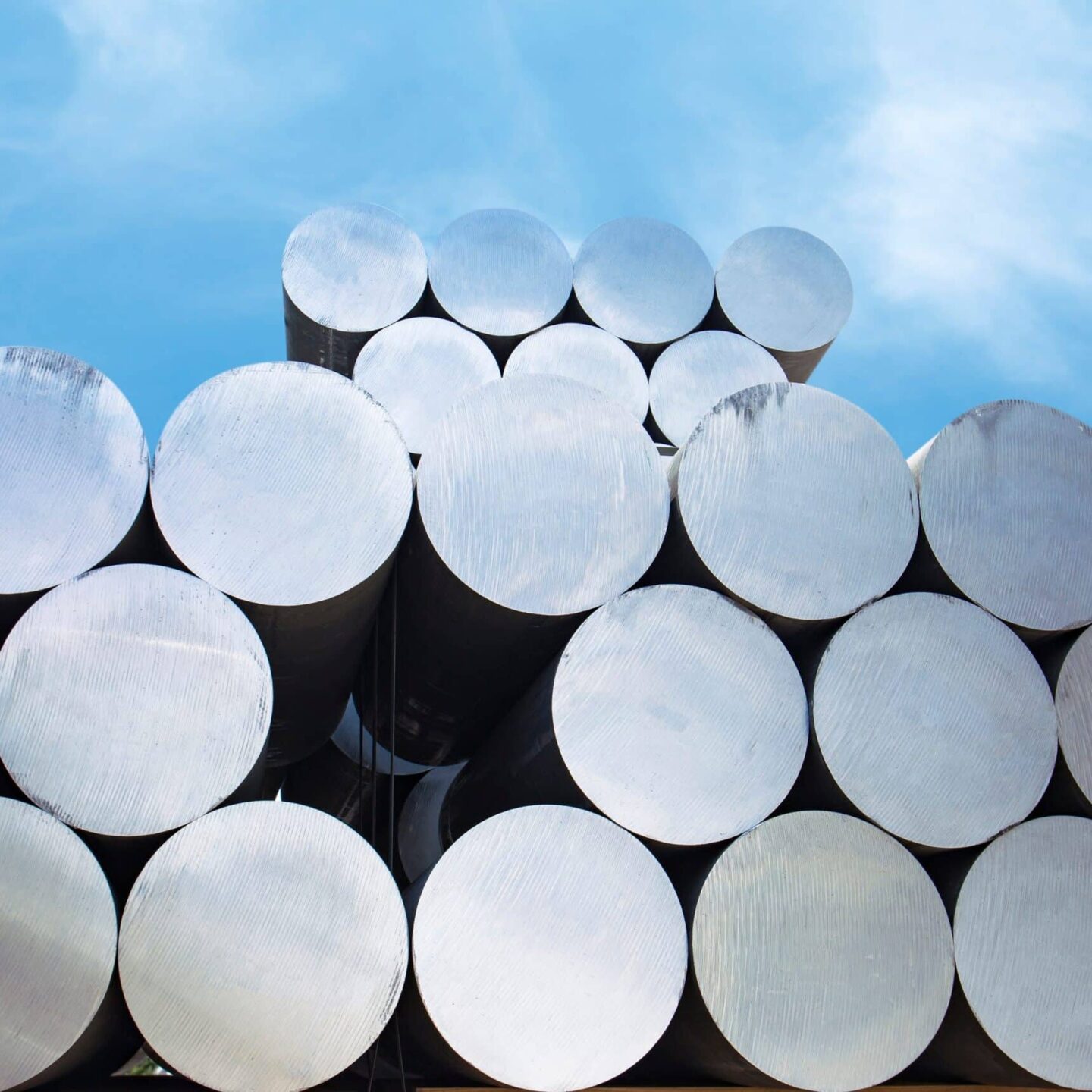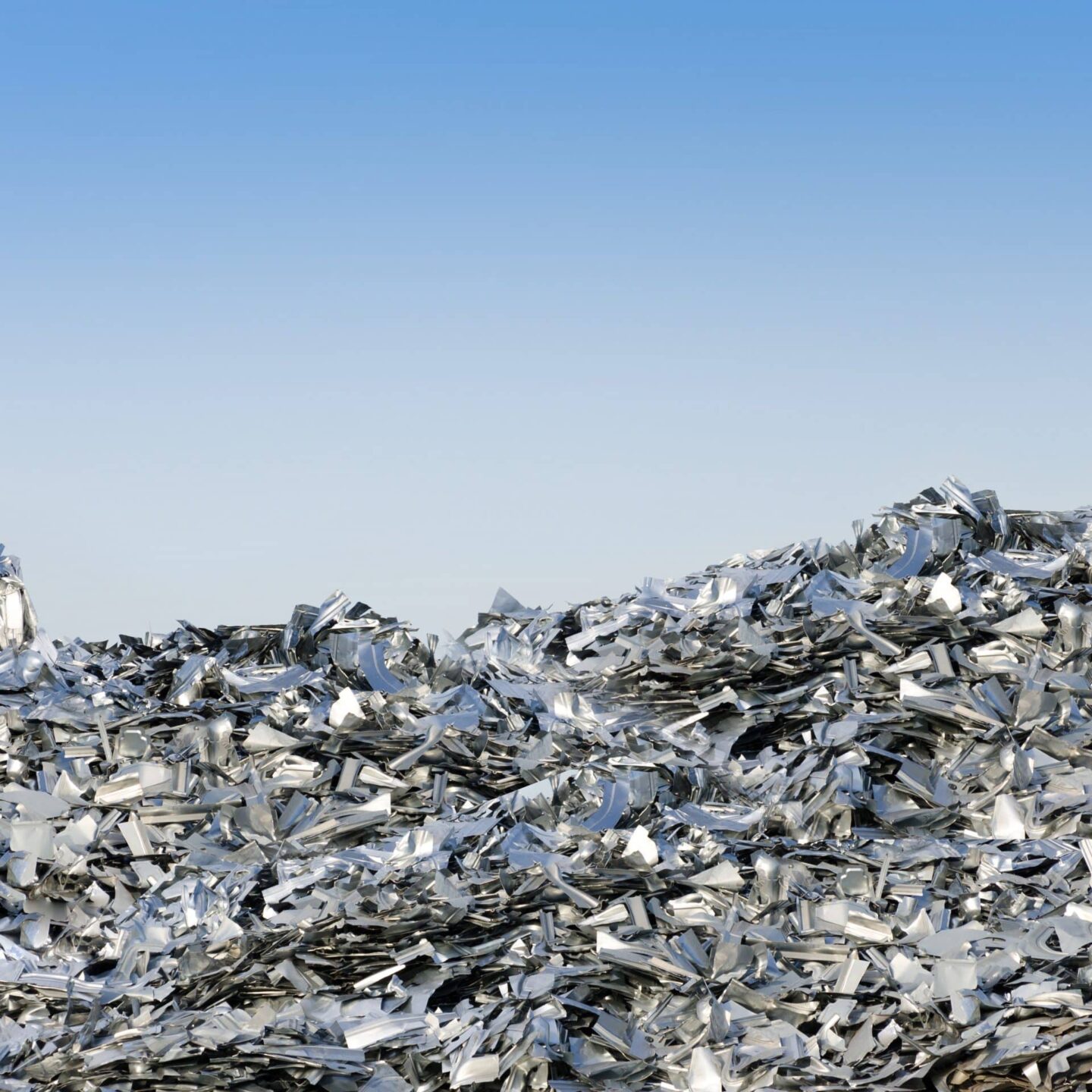A technology roadmap to maximise the use of bauxite residue in cement products.
This roadmap provides information and support by addressing technical, legislative and prejudicial barriers. It facilitates bauxite residue valorisation actions of the alumina sector and engages other stakeholders who can help deliver success. Developing standards, frameworks and promoting bauxite residue is critical to all stakeholders in increasing the use of BR in cement and concrete products.
Offering the opportunity for CO2 reduction, the use of bauxite residue as supplementary cementitious material for blended cement is of great interest to the cement industry. Collaboration between cement producers, users, academics and the alumina industry in key product development and process innovation areas is an important pathway.





